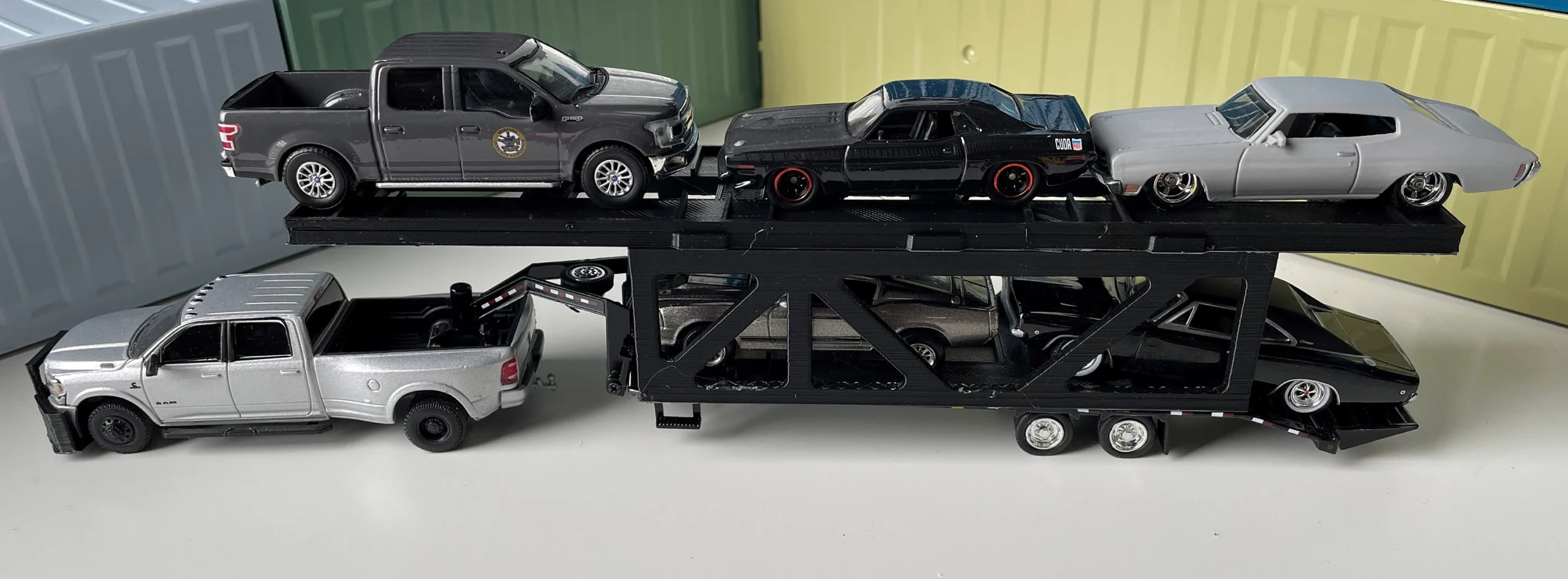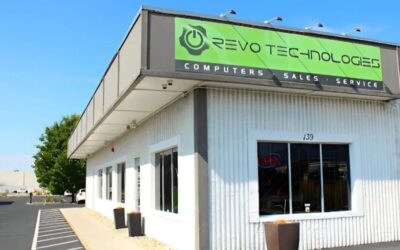Driving Efficiency: Exploring the Impact of Greenlight Truck and Trailer Innovations

greenlight truck and trailer In today’s rapidly evolving transportation landscape, the need for efficiency and sustainability has never been more critical. As industries strive to reduce their carbon footprint and optimize their operations, innovative solutions such as Greenlight Truck and Trailer technology are emerging as game-changers in the field of logistics. This article delves into the revolutionary advancements of Greenlight technology, its benefits, applications, challenges, and future trends, providing a comprehensive understanding of its impact on the transportation industry.
Understanding Greenlight Truck and Trailer
Greenlight technology represents a paradigm shift in the way trucks and trailers are designed, engineered, and operated. At its core, Greenlight aims to maximize fuel efficiency, minimize emissions, and enhance overall performance through a combination of aerodynamic design enhancements, fuel-efficient engines, advanced monitoring systems, and integration of renewable energy sources. This holistic approach to trucking and hauling sets Greenlight-equipped vehicles apart from traditional counterparts, offering a more sustainable and cost-effective solution for fleet operators and transportation companies. greenlight truck and trailer
The evolution of Greenlight technology has been marked by continuous innovation and refinement, driven by the growing demand for greener and more efficient transportation solutions. From early prototypes to sophisticated systems with real-time monitoring capabilities, Greenlight has evolved to address the diverse needs of the modern logistics industry. By leveraging cutting-edge technologies and engineering principles, Greenlight Truck and Trailer innovations have ushered in a new era of sustainable transportation, paving the way for a greener and more efficient future. greenlight truck and trailer
Key Components of Greenlight Truck and Trailer
Central to the success of Greenlight technology are its key components, each designed to optimize performance, minimize environmental impact, and maximize operational efficiency. Aerodynamic design enhancements, such as streamlined body shapes and airflow management systems, reduce drag and improve fuel efficiency, allowing trucks and trailers to travel farther on less fuel. Fuel-efficient engines and powertrains leverage advanced combustion technologies and lightweight materials to minimize fuel consumption without compromising performance. Advanced monitoring and control systems provide real-time data on vehicle performance, allowing operators to identify and address inefficiencies proactively. Additionally, the integration of renewable energy sources, such as solar panels and kinetic energy recovery systems, further enhances the sustainability of Greenlight-equipped vehicles, reducing reliance on fossil fuels and lowering emissions.
Benefits of Greenlight Truck and Trailer
The adoption of Greenlight technology offers a multitude of benefits for fleet operators, transportation companies, and society as a whole. Perhaps most notably, Greenlight-equipped vehicles achieve significant improvements in fuel efficiency, resulting in reduced operating costs and lower carbon emissions. By optimizing aerodynamics, engine performance, and overall vehicle design, Greenlight technology enables trucks and trailers to achieve greater fuel economy, translating into tangible savings for fleet operators over the long term. Furthermore, the enhanced safety features and accident prevention systems inherent in Greenlight technology contribute to a safer and more secure transportation environment, reducing the risk of accidents and improving driver confidence.
In addition to economic and safety benefits, Greenlight Truck and Trailer innovations also play a crucial role in advancing sustainability goals and environmental objectives. By reducing fuel consumption and greenhouse gas emissions, Greenlight-equipped vehicles help mitigate the environmental impact of transportation activities, aligning with global efforts to combat climate change and promote sustainable development. Moreover, the adoption of Greenlight technology demonstrates a commitment to corporate social responsibility and environmental stewardship, enhancing the reputation and credibility of companies within the transportation industry.
Applications of Greenlight Technology
The versatility and adaptability of Greenlight technology make it suitable for a wide range of applications across various sectors, including freight, logistics, and transportation. Whether transporting goods over long-haul routes or making short-haul deliveries in urban environments, Greenlight-equipped vehicles offer unparalleled efficiency and performance, making them an ideal choice for fleet operators seeking to optimize their operations. In the freight industry, where fuel costs and environmental regulations are significant concerns, Greenlight technology provides a competitive advantage by reducing operating expenses and ensuring compliance with emission standards. Similarly, in the logistics sector, where time-sensitive deliveries and tight schedules are the norm, Greenlight-equipped vehicles offer reliability and consistency, allowing companies to meet customer demands with ease.
Moreover, Greenlight technology is not limited to traditional trucks and trailers but can also be applied to specialized vehicles and equipment, such as refrigerated trucks, tanker trucks, and flatbed trailers. By customizing Greenlight solutions to suit specific operational requirements, companies can maximize efficiency and productivity across their entire fleet, regardless of the type of cargo or terrain. Whether transporting perishable goods that require temperature control or oversized loads that demand exceptional maneuverability, Greenlight technology offers tailored solutions to meet the unique needs of each application, ensuring optimal performance and reliability in any scenario.
Case Studies: Real-World Implementations
To illustrate the real-world impact of Greenlight Truck and Trailer innovations, let us examine several case studies of companies that have successfully integrated Greenlight technology into their fleets. These case studies highlight the tangible benefits and outcomes of adopting Greenlight solutions, providing valuable insights and lessons learned for other fleet operators considering similar initiatives.
Case Study 1: XYZ Transportation Company
XYZ Transportation Company, a leading provider of logistics services, embarked on a sustainability journey by investing in Greenlight Truck and Trailer technology for its fleet of long-haul trucks. By retrofitting its existing vehicles with aerodynamic enhancements and fuel-efficient engines, XYZ Transportation Company was able to achieve a 15% reduction in fuel consumption and a corresponding decrease in operating costs. Additionally, the implementation of advanced monitoring systems allowed XYZ Transportation Company to optimize route planning and vehicle maintenance, further improving efficiency and reliability.
Case Study 2: ABC Freight Services
ABC Freight Services, a regional freight carrier specializing in short-haul deliveries, embraced Greenlight technology as a means of enhancing its environmental stewardship and corporate social responsibility. By replacing its aging fleet with Greenlight-equipped vehicles featuring hybrid powertrains and regenerative braking systems, ABC Freight Services was able to reduce its carbon footprint by 20% while simultaneously lowering fuel expenses. Moreover, the improved safety features of Greenlight technology led to a 30% reduction in accidents and incidents, resulting in lower insurance premiums and a safer working environment for drivers.
Case Study 3: DEF Logistics Solutions
DEF Logistics Solutions, a third-party logistics provider, recognized the strategic advantage of adopting Greenlight Truck and Trailer technology to differentiate itself in a competitive market. By partnering with Greenlight technology providers and investing in state-of-the-art equipment, DEF Logistics Solutions was able to offer its clients unparalleled efficiency and reliability, thereby increasing customer satisfaction and loyalty. Furthermore, the implementation of Greenlight technology allowed DEF Logistics Solutions to attract top-tier drivers and improve employee retention, resulting in a more skilled and dedicated workforce.
Challenges and Limitations
While the benefits of Greenlight Truck and Trailer technology are undeniable, the adoption and implementation of these innovations are not without challenges and limitations. From regulatory hurdles to initial investment costs, fleet operators and transportation companies face various obstacles on the path to greener and more efficient operations. Understanding and addressing these challenges is essential to maximizing the potential of Greenlight technology and realizing its full benefits.
Regulatory Hurdles
One of the primary challenges facing the widespread adoption of Greenlight Truck and Trailer technology is the complex regulatory landscape governing the transportation industry. From emissions standards to vehicle safety requirements, fleet operators must navigate a myriad of regulations at the local, national, and international levels, which can pose significant barriers to implementing Greenlight solutions. Moreover, regulatory uncertainty and inconsistency across jurisdictions can complicate compliance efforts and increase compliance costs for fleet operators, particularly those operating in multiple regions.







